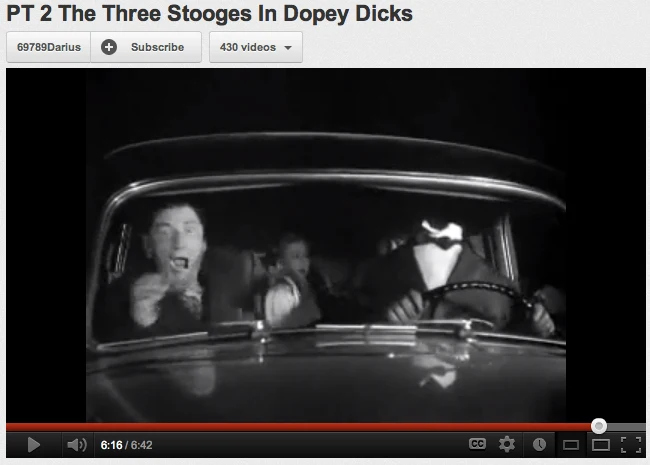Did the 1986 tax reform unintentionally contribute to the hollowing-out of home-owners' equity?
It sure looks like it from the graph I've created below, which is compiled from the Fed's z.1 Flow of Funds releases which I've systematically reviewed from the latest release on June 7 all the way back to December 11, 1997.
In exchange for the elimination of a tax loss expenditure important to American consumers, Americans were treated in the '86 reform to lower top marginal income tax rates which fell as low as 28 percent for a brief time under President George Herbert Walker Bush between 1988 and 1992. Unfortunately for them, however, Bill Clinton came along and did away with those low marginal rates, and raised taxes. But Americans never got back the tax loss expenditure to which I refer.
What was it?
Deductibility of interest from revolving credit. You know, credit card interest and the like.
As a compromise, however, the law was structured in such a way as to expand the scope of HELOCs, home equity lines of credit, so that Americans could deduct larger amounts of interest on their taxes from those vehicles, treated pretty much the same as the mortgage interest deduction, the home improvement loan interest deduction or the second mortgage interest deduction. It was a financial innovation which shifted revolving spending on credit cards to these expanded equity lines so that it became fairly routine to buy even cars with home equity when interest rates were low, and all kinds of other stuff. You know, college tuition, that memorable vacation to Acapulco . . . and that condo you bought as an investment property. And some people actually used their HELOCs to improve the primary dwellings they were drawn on. But most of it was pretty imprudent, even though the intention was right in shifting spending from unsecured credit to secured credit.
We call it now "amortizing spending". It's really dumb to finance spending this way because you have nothing to show for it at the end of the term, unless the spending is on an asset which retains value. (If only we could get government to do this, but that's another horror story altogether. Government doesn't just finance spending and have nothing to show for it, it never pays it off. So in addition to blowing dough, it pays for it without a termination date, which means it pays forever.)
When the bottom fell out of real estate starting in 2007, for the first time since 1986 the total value of the real estate of households declined, from the all-time high of $22.731 trillion in 2006 to $20.861 trillion in 2007. That's an 8 percent decline in one year. By 2011 the metric had fallen all the way to $16.05 trillion, almost 30 percent down, with owners' equity bottoming out at $6.231 trillion, a level last reached sometime in the year 2000.
The data show that there have been two periods of the hollowing-out, one from which we recovered and one in which we still find ourselves. In the first, the dollar value of the equity recovered even though the percentage of equity relative to total value did not. In the second, both the dollar value of the equity and the percentage of equity relative to total value have failed to recover.
In 1990 owners' equity started to fall from $4.274 trillion the year before to $4.097 trillion in 1991, a decline of just 4 percent. But it took all the way until 1996 for owners' equity to exceed that level which it had achieved in 1989. It's pretty clear that Americans financed themselves through the recession of these years under Bush 41 and Clinton in part by using home equity. Even though home values continued to increase, owners' share of equity declined from 66 percent in 1989 to 56 percent in 1994, at which level it stabilized.
Owners' equity continued to climb in dollar terms from 1996 all the way through 2005 when it reached its zenith at $13.158 trillion, but as a percentage of total value owners' equity remained fairly stable in a range between 56 percent and 59 percent. The dollar decline from the zenith in 2005, however, to $6.231 trillion last year represents a whopper of a decline in owners' equity, nearly 53 percent, much larger than the 30 percent decline in the over-all values themselves.
I'll leave it to others to figure out just how much of this nearly $7 trillion has been simply lost from the balance sheet and how much was extracted to help people get themselves through this Bush/Obama depression, but you get the idea. America's forced savings in the form of home equity was coaxed out by financial innovation brought to you by politicians intent on reforming the tax code. And, of course, they did this with the help of private sector actors who profited from the operation.
Americans might want to think harder about it the next time politicians come promising lower tax rates in exchange for a similar thrilling game of tax reform Russian Roulette. Think the mortgage interest deduction itself, which many Republicans and libertarians today want to end. I think it's easy to imagine from recent history how we might be persuaded to give up the mortgage interest deduction today in exchange for lower tax rates which some future government will only end up raising just like Clinton did, at which time we'll be out both the lower rates and the deductions which offered us some protections from the greedy spending bastards who populate both political parties.
The great achievement of the debacle of the 1930s was amortizing mortgages over 30 years, forcing Americans to save in the form of owners' equity. The debacle of the late 20th century was letting politicians convince us it was time to spend it.













.jpg)
.jpg)















